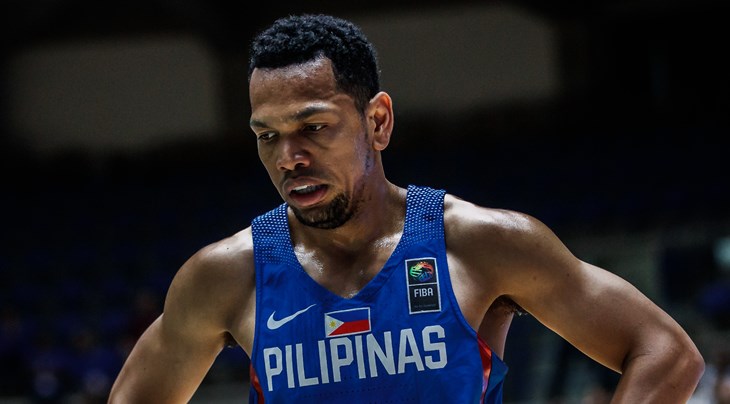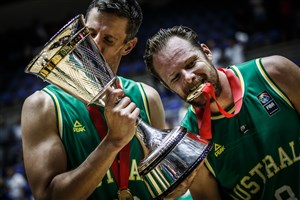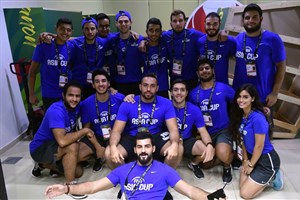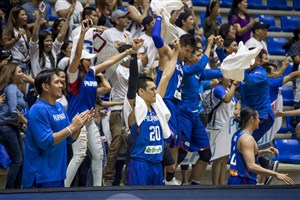
What went wrong for Gilas Pilipinas at FIBA Asia Cup 2017?
BEIRUT (FIBA Asia Cup 2017) - The Philippines were consistent top 4 finishers since 2011, but they found themselves tumbling down to seventh place at the FIBA Asia Cup 2017.
How did a team go from back-to-back second place finishes to not even making the Semi-Finals? Here is the story by the numbers.
The Philippines' shooting was not sustainable.
Gilas Pilipinas lit up the Nouhad Nawfal Sports Complex on Day 2 with scintillating outside shooting. The Filipinos were up against a much bigger Chinese team, and to neutralize their deficiency in size, coach Chot Reyes's wards focused on their perimeter game. It paid off as the Filipinos hit close to 60% of their threes.
Unfortunately, no basketball team can realistically keep that kind of shooting up. A team as small as the Philippines will live and die with two things - speed and shooting. Against China, the Filipinos shot very well, but in their next two games, a disturbing sign propped up - their field goal percentage sharply tapered off. Against both Iraq and Qatar, the Filipinos shot below 40%. It was a harbinger of sorts as Gilas's accuracy got progressively worse in the knockout phase - 45% against Korea, 37% against Lebanon and 34% against Jordan.
As for speed, coach Chot's team averaged under 10 fastbreak points per game - only Jordan and New Zealand were worse among the top 8 teams.
The Philippines' defense was static.
To compound matters, the Philippine team's defense was erratic at best and static at worst. Even as early as the China game, Gilas had trouble containing elite penetration and playmaking from Guo Ailun. When Guo fouled out, that's when the Filipinos made their endgame run. They had trouble against other strong penetrators and playmakers like Kevin Galloway and Mansour El Hadary as well. This was compounded in the knockout phase, where Lebanon's Fadi El Khatib and Korea's guard corps composed of Kim SunHyung, Lee JungHyun and Park ChanHee were ultra effective.
The Philippines had an incomplete team.
Though most teams can lay claim to missing this player or that, the situation for the Philippines was particularly glaring. The most standout absence, of course, was naturalized player Andray Blatche, who could have added much needed ceiling, leadership and shooting. Versatile forward Troy Rosario also wasn't around, tied up to represent the country in the Southeast Asian Games.
The Philippines barely trained.
Two weeks - that is how much time the team was given to practice before flying to Beirut. And in those two weeks, Gilas Pilipinas were complete a grand total of just once. For certain, coach Chot Reyes would have preferred two weeks of complete practices, but he had to make do with what he was given.
Considering all these, the fact that the Philippines swept their group and made it as far as the Quarter-Finals is already above par, but their seventh place finish should also be some sort of a wake up call.
FIBA












